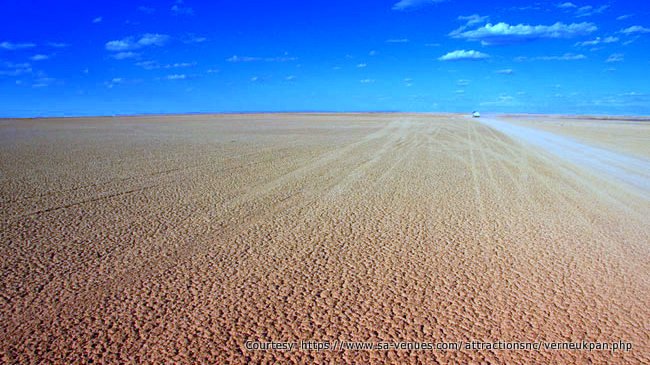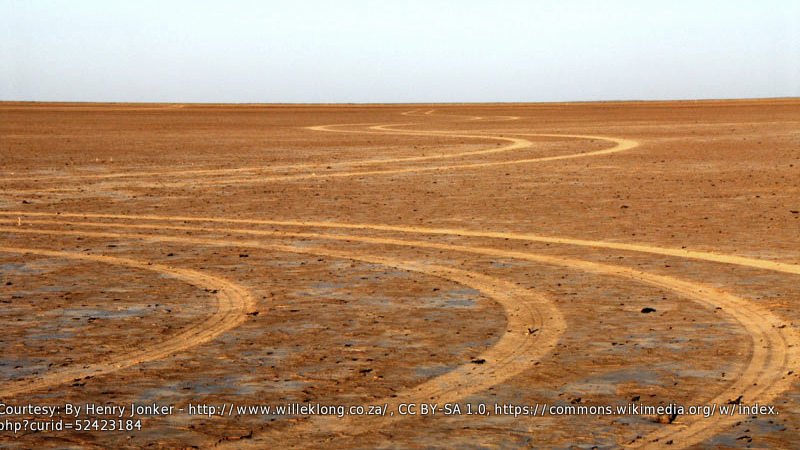A Crucible of Speed and Dreams in the Northern Cape
The Verneukpan, a formidable dry salt pan, stretches an estimated 57 kilometers in length and 11 kilometers in width. It lies approximately 82 kilometers north-east of the town of Brandvlei.
Verneukpan, a colossal salt pan nestled within South Africa's Northern Cape, holds a distinguished, albeit sometimes tragic, place in the annals of land speed record attempts. Verneukpan, meaning "deceit pan" in Afrikaans due to its shimmering mirages that often trick the eye, is not only remarkable for its sheer size but also for its historical significance in land speed records. Its immense, unblemished surface has long attracted those daring enough to push the boundaries of velocity, etching its name into the history books as a proving ground for human and mechanical ambition.
The Pioneering Spirit of Sir Malcolm Campbell (1929)
In 1929, the vast expanse of Verneukpan drew Sir Malcolm Campbell, a legendary figure in land speed racing, to its shores. Arriving in Cape Town with his iconic Bluebird car, Campbell aimed to shatter the world land speed record. While he ultimately did not achieve the coveted one-kilometer record, his relentless pursuit of speed was not without success; he remarkably broke the five-mile distance record, reaching an astonishing 340 km/h. The indelible mark of his endeavor remains visible today, as the compacted track Campbell created on the pan serves as a tangible testament to his historic, world-renowned visit. This event firmly placed Verneukpan on the global map of speed attempts, forever linking it to the pursuit of ultimate velocity.
Tragedy Strikes: Johan Jacobs (2006)
Decades later, Verneukpan became the site of a profound tragedy. In 2006, South African land speed record hopeful Johan Jacobs met a fatal end while striving to break the standing mile record over 1.64 km. During a practice run, his jet-powered vehicle, travelling at speeds approaching 500 km/h, tragically flipped and veered out of control. Jacobs's untimely death served as a somber reminder of the inherent dangers and immense risks associated with pushing the limits of speed on such unforgiving terrain.

